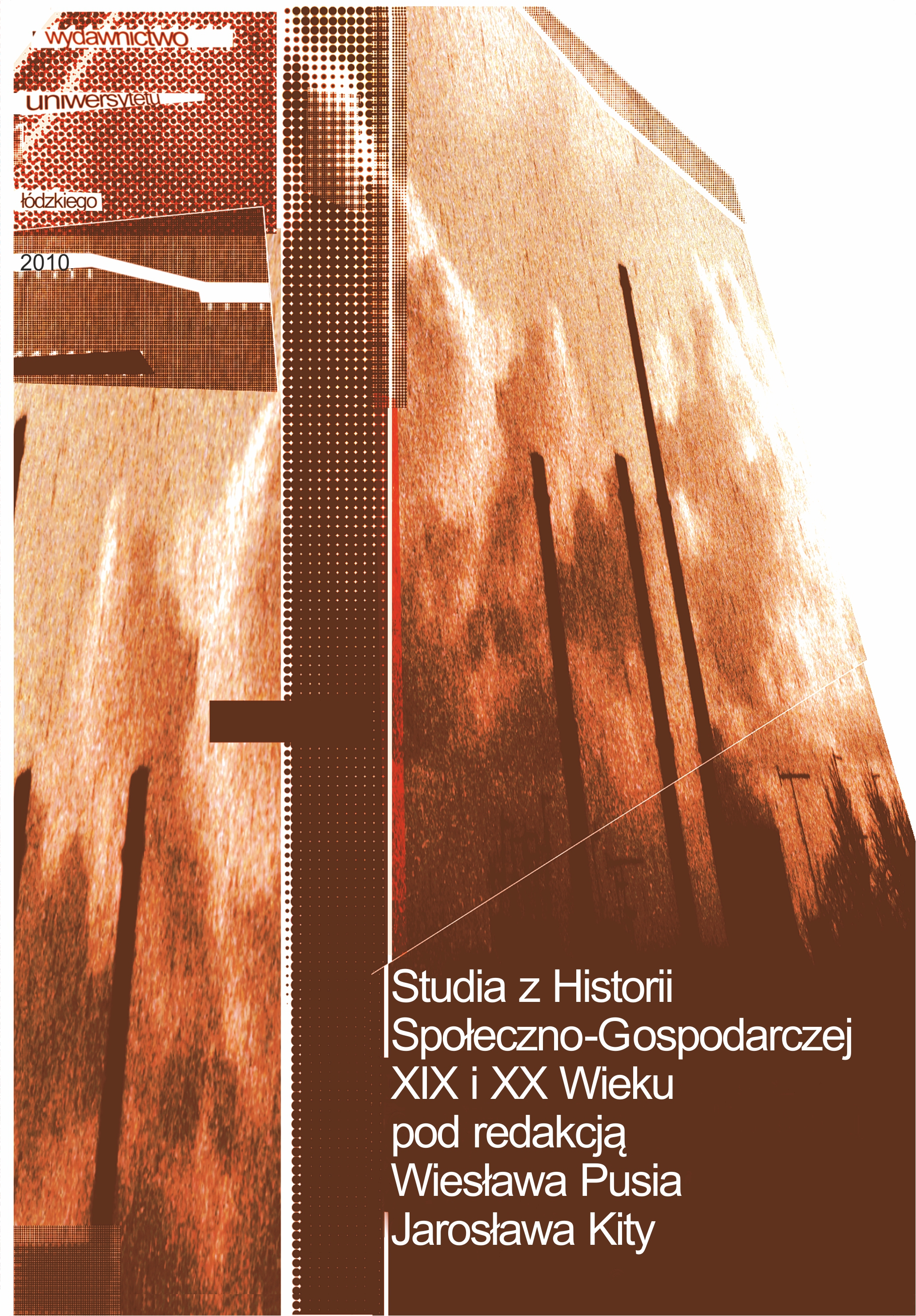Landowners and economic development of Galicia in 2nd half of the 18th and early 19th century
DOI:
https://doi.org/10.18778/2080-8313.08.03Abstract
In Polish historiography since the present day is the notion that the 2nd half of the eighteenth and early nineteenth century, the Galician gentry in general did not take any major initiatives aimed at changes introduced by the conqueror of the socio-economic development. The analysis of source documents from that time authorized to conclude that the lack of theoretical expression does not mean the absence of practical action. Many landowners have successfully continued since begun in the mid-eighteenth century economic initiatives. There were also – albeit few – try to set up factories and workshops, such as by Ignatius Miączyński. Industrial development initiatives on a larger scale, however, noted only after the Congress of Vienna. Delivery date for this project, it can be implemented, among others by John and Joseph Konopka Matkowski. In the 30.–40. of nineteenth century there were more: the acquisition of Łańcut Alfred Potocki started this great work of industrial property, in the translator’s Henry Dzieduszycki established the first sugar factory in Galicia, in Krasiczyn Leon Sapieha opened a textile factory, and Alfred Mysłowski Koropca prater with plans to launch steam navigation on the Dniester. All of these projects, though uncommon, and undertaken by a relatively narrow group of people, prove that the idea of industrialization of their own wealth, and thus the whole country, was not alien to the Galician landlords, although a greater involvement in industrial activities had to wait until the construction of railways and the discovery of oil.
Downloads
Published
How to Cite
Issue
Section
License

This work is licensed under a Creative Commons Attribution-NonCommercial-NoDerivatives 4.0 International License.









